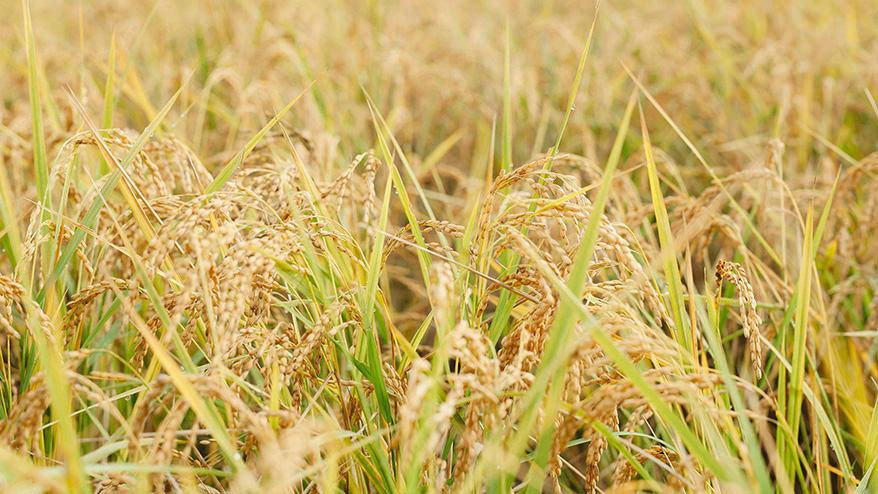プロデュース部 部長、Food Hub Project 支配人の真鍋です。今年の4月にフードハブ・プロジェクトが始動し、農業も本格化しています。
徳島県・神山町の「まちを将来世代に世代につなぐプロジェクト」のフードハブ・プロジェクト、ドキュメント映像
フードハブ・プロジェクトは、神山の農業を次世代につなぐため、農業の担い手育成を目的とし、モノサスが神山町役場、町の公社と連携して手がけている新規事業です。(詳しくは、以前の記事をご一読ください)フードハブ・プロジェクトでは、今年の6月から「特別栽培」での米づくりに挑戦しています。
「特別栽培」とは、農林水産省のページで
その農産物が生産された地域の慣行レベル(各地域の慣行的に行われている節減対象農薬及び化学肥料の使用状況)に比べて、節減対象農薬の使用回数が50%以下、化学肥料の窒素成分量が50%以下、で栽培された農産物です。
(引用:農林水産省ホームページ 「特別栽培農産物に係る表示ガイドライン 」閲覧時 2016/10/26)
と記載されています。
我々は、その特別栽培の基準をベースに、化学肥料を一切使わず、有機肥料を使用することを自らの基準とし、自分たちで農産物を育てたり、地域の農家さんから仕入れるということをはじめています。
また米づくりに関しては、通常10回程度、農薬を散布する慣行農法に対して、今年はどのくらいまで農薬を減らせるかに挑戦していました。
【Food Hub Projectの農業の基準】
有機栽培農産物:有機JASの基準に準じて、農薬不使用・化学肥料不使用
特別栽培農作物:特別栽培の基準を元に、化学肥料不使用、農薬をできるかぎり使用しない
※ お米は、病気が発生し収量が半減するなどの可能性がある場合のみ最低限の農薬を使用
米づくりを通した、社会的農業の実践。
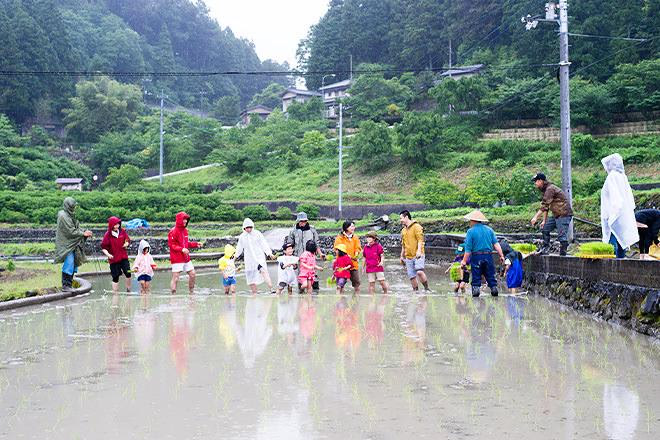
フードハブ・プロジェクトが目指しているのは、「社会的農業」の実現です。
「社会的農業」とは、企業がただ利潤を追求したり、個人が自らの自給自足的な暮らしを追求するための農業ではなく、農を通じて我々が身を置く環境や地域社会に貢献することです。
美しい棚田の景色が残る神山で、「育てる、集まる、食べる、つなぐ」ことをテーマとした「米づくり」を通じて、社会的農業の実践を試みています。まだまだ、はじまったばかりの内容ですが、今年の実験結果を「再生産可能価格」「米づくりと循環」「企業提携型の食の循環システムへの可能性」の3つの観点から書いてみたいと思います。
再生産は可能なのか?!
草、草、草、草。
とにかく大変、初年度の草取り。
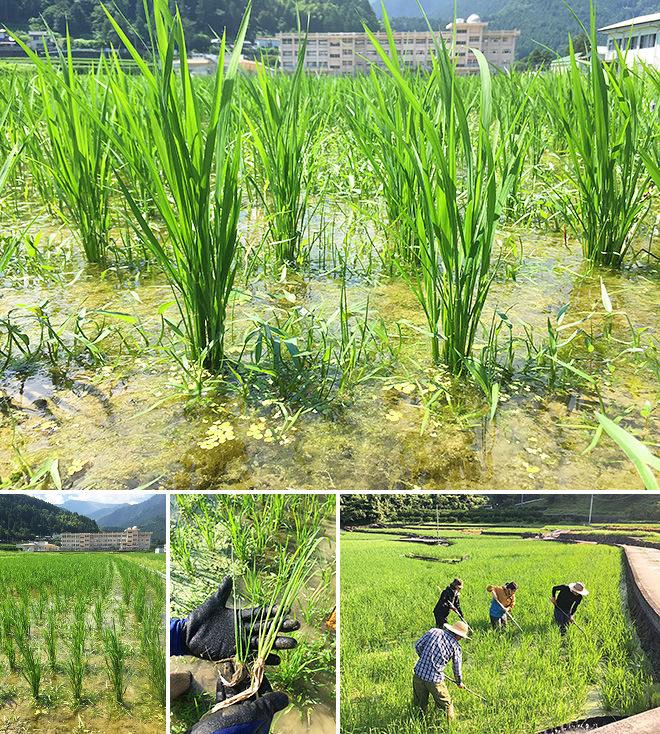
今年は、初年度ということもあり、草取りに失敗しています。(汗
Food Hub Projectの農業長の白桃の実家は、代々米農家を続けてきている農家です。しかしながら、特別栽培での米づくりは今年がはじめて。早い段階で行うべき草取りの作業が、通常業務の忙しさから後手に回ってしまい、深く根を張った雑草を取り除く大変な作業になってしまいました。
水がはられ、泥るんだ田んぼでの作業は、足が取られ、膝がガタつき、想像以上に過酷です。そんな中で「一回、除草剤をかければ…」と冗談で話しはするものの、時に料理人含むフードハブのメンバー全員で、日々黙々と除草作業を続けていました。
ここで大事になってくるのが、農産物の「再生産可能価格」という考え方です。
今年のフードハブの米づくりは、病気は発生したものの結果的に初期に1回だけ農薬を使った米づくりを実現しています。しかしながら、かわりに大量の労働力を投入しています。
今までの農業は、「再生産可能価格」をあまり意識していないと言われています。
通常のビジネスでいうと、原価や粗利などの考え方です。
JAや市場が決定する野菜やお米の価格により、価格決定権がないので、あまり原価を意識しない農業が長年営まれてきていると言われています。農業の多くが家族経営じゃないと成り立たないと言われ続けているのも、それが理由かもしれません。
初年度ということもあり、農薬をできるだけ使わない米づくりにこだわり、収穫量を落とさないことを考えると、草との戦いに人の労力を無尽蔵に投入せざるえませんでした。我々が育てたお米の売値を再生産可能価格で設定するといくらになるのかを今後明らかにして行くと同時に、"適正な価格とは何か"や"草と戦わない農業のあり方"も探求していきたいと話し合っています。
米づくりと循環。
学校という小さな社会から見る
当たり前に、受け継ぐことの大切さ。
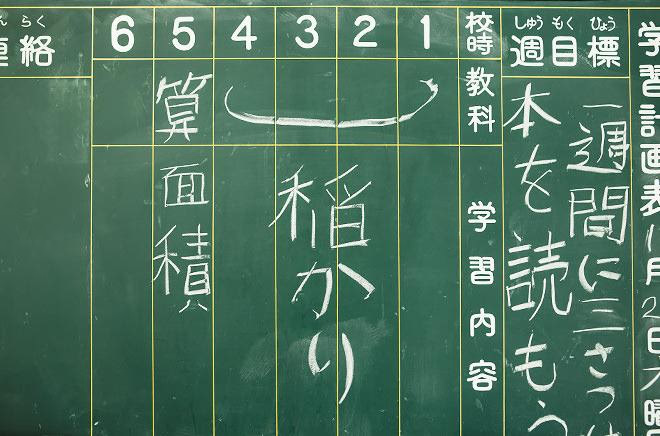
今回、自社での米づくりに加え、神山で長年「種」が受け継がれている餅米の栽培を地域の小学校と連携して実施しています。
ある日の役場主催のプロジェクトに関する質問会で、
「食育と言っていますが、どこまで踏み込んでやってるんですか?」と質問されたことがあります。「田植えやって、稲刈りやって終わりでしょ?」という声が聞こえて来そうです。
私たちが目指す「食育」とは、「育てる、集まる、食べる、つなぐ」ことをテーマに地域の農業を次世代につなぐ「循環」を体で感じてもらうことです。
今回の神領小学校での米づくりを題材にした5年生の授業では、
- みんなで田植えをして、草をとり、稲を刈る。
- 世界には様々な品種のお米があり、色々な調理方法で食べられていることを知り、視野を広げる。
- 餅米を使って自分たちが食べたい料理を考え、みんなで調理し、美味しいご飯を一緒に食べる。
- 自分たちで種をとり、下級生にその種を受け継いでいく。
5年生から4年生へ。それを繰り返していく。
また来年、自分たちの手から種は次の世代に渡り、受け継がれている様を見ていくことになります。そういったシンプルな「循環」を、小学校という小さな社会の中で伝えていくことが大切だと信じて活動をしています。
絶賛調整中!
来年やります、モノサスの米づくり。
ものさす米:企業提携型の食の循環システムの実験
写真は、今年フードハブ・プロジェクトが神山町の鬼籠野という場所で、地域の方々と育てた餅米の収穫の様子です。
来年、モノサスでは、新規事業であるフードハブ・プロジェクトでの米づくりから更に一歩踏み込み、企業提携型の農業として自分たちの社食のお米を育て、企業が産地と提携することで可能になる食の循環システムの実験に取り組みます。まだ具体的な提携内容は調整中ですが、下記のような条件をイメージしています。
- 一反(約1000平米)の田んぼを年間で契約する(耕作放棄地の改善)
-
契約金額は、18万円/年を事前に支払う(新規就農者への支援)
30キロ 18,000円を基準とし、一反分の見込み収穫量約300kgを基準に、天候や病気などの条件によって300kgからの収量が多くても少なくても、この金額を事前に支払う - 有機栽培、または特別栽培の栽培方法の選択(農的リスクの共有)
- 田んぼの日々の水の管理や除草作業などは、フードハブ・プロジェクトに委託
- 社員研修として、田植えまたは、稲刈り、収穫祭、ワークショップなどへの参加が可能
- Food Hubが準備予定の農家民宿の宿泊利用(人数&時期に制限があります)
- 契約企業の社員は、Food Hubが運営する食堂で町民価格(1,100円 → 800円)での食事が可能
その他、社会的農業を通じた企業研修の受け入れなどの企画を検討中です。
今回の企業提携による食の循環サポートでは、特に 3番目の農法を選ぶというところに、重要なポイントがあると思っています。
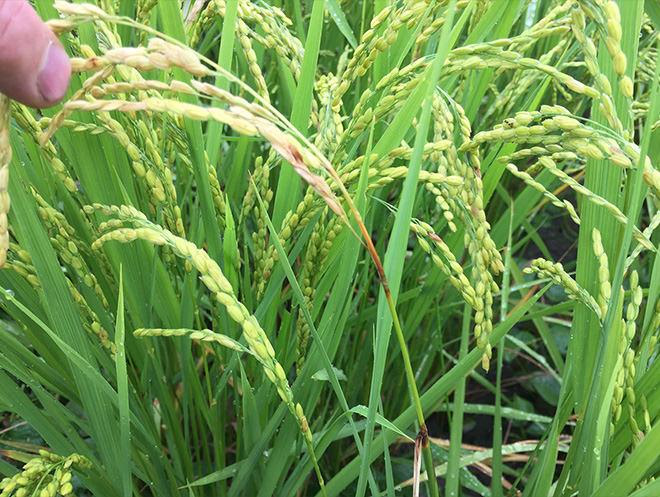
農法が選択できるということは、「農的リスク」を共有することです。
今年は、長続きの雨から「いもち病」という病気が発生しました。上の写真中央の、稲の節が茶色くなっているのが病気の部分です。この病気にかかると節より上の稲穂の部分に栄養分が行かなくなり、収穫量の大幅な減少と味の低下をまねくと言われています。今年は、有機JAS規格でも認められている消石灰を、雨の合間に使用することでなんとか乗り切りましたが、「農薬をかけるべきかも」という議論を農業長と話し合いました。
この「農的リスク」を予め農業者だけではなく、企業や一般の人たちと共有することで、農業者にとっては、自然環境や人の身体により良い、チャレンジングな農法に挑戦していけるメリットがあるのではと思っています。更には、この「農的リスク」の共有があることで、新規就農者が農業に入ってきやすくなり、持続可能な農業が実現して行くのではと考えています。
このような内容で色々と検討していますが、都市の企業側にとっても地域の農業を次世代に繋ぐための地域とのつながりが別の形で生まれ、都市の自然災害など、何かあった時に地域と企業との連携強化にもなるのではないかと話し合っています。

サンプルのパッケージ画像
少しフライングですが、今年、神山で収穫された新米を「ものさす米」として、11月に開催予定のモノサスの周年パーティーにて、みなさんにご紹介できたらと話し合っています。
フードハブ・プロジェクトを通じた、神山での企業提携型の「食の循環システム」へのご興味や、記事の感想をこちらのフォームよりお聞かせいただけたらと思います。
